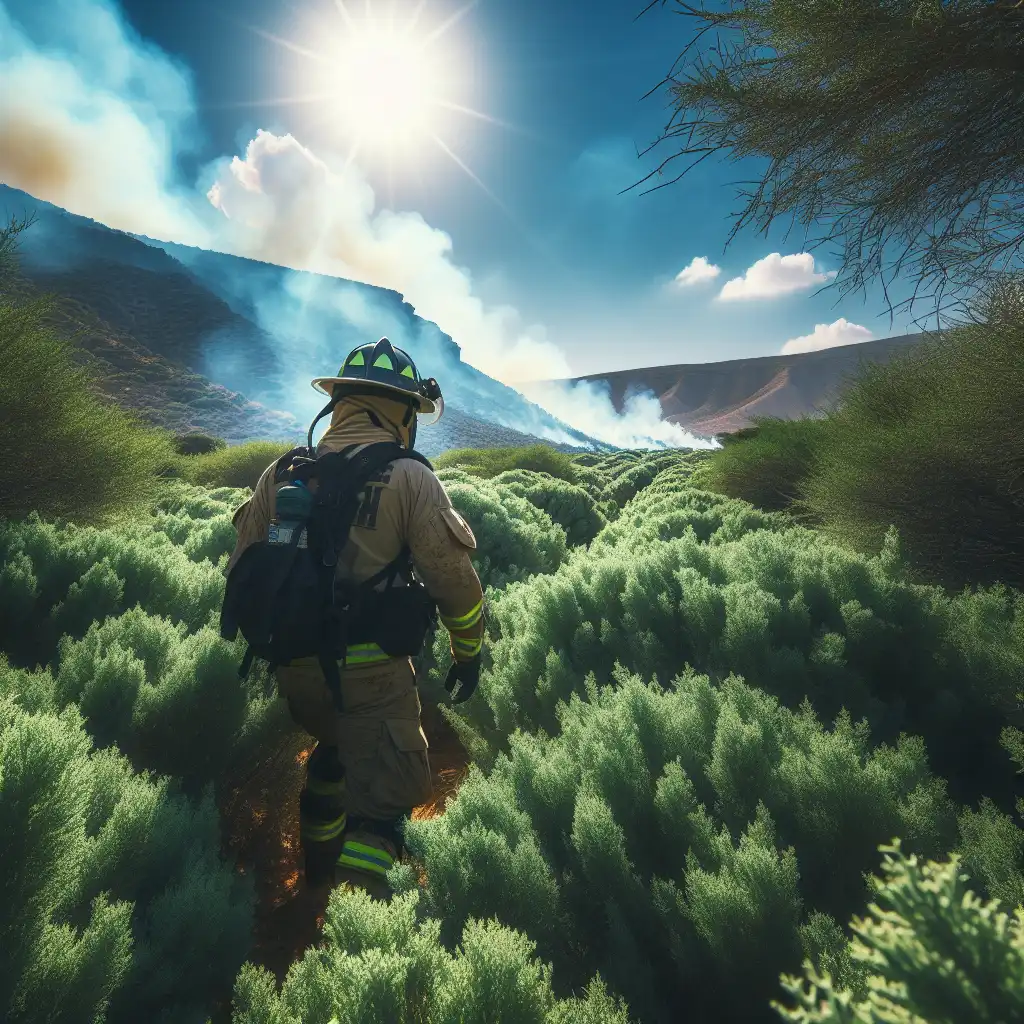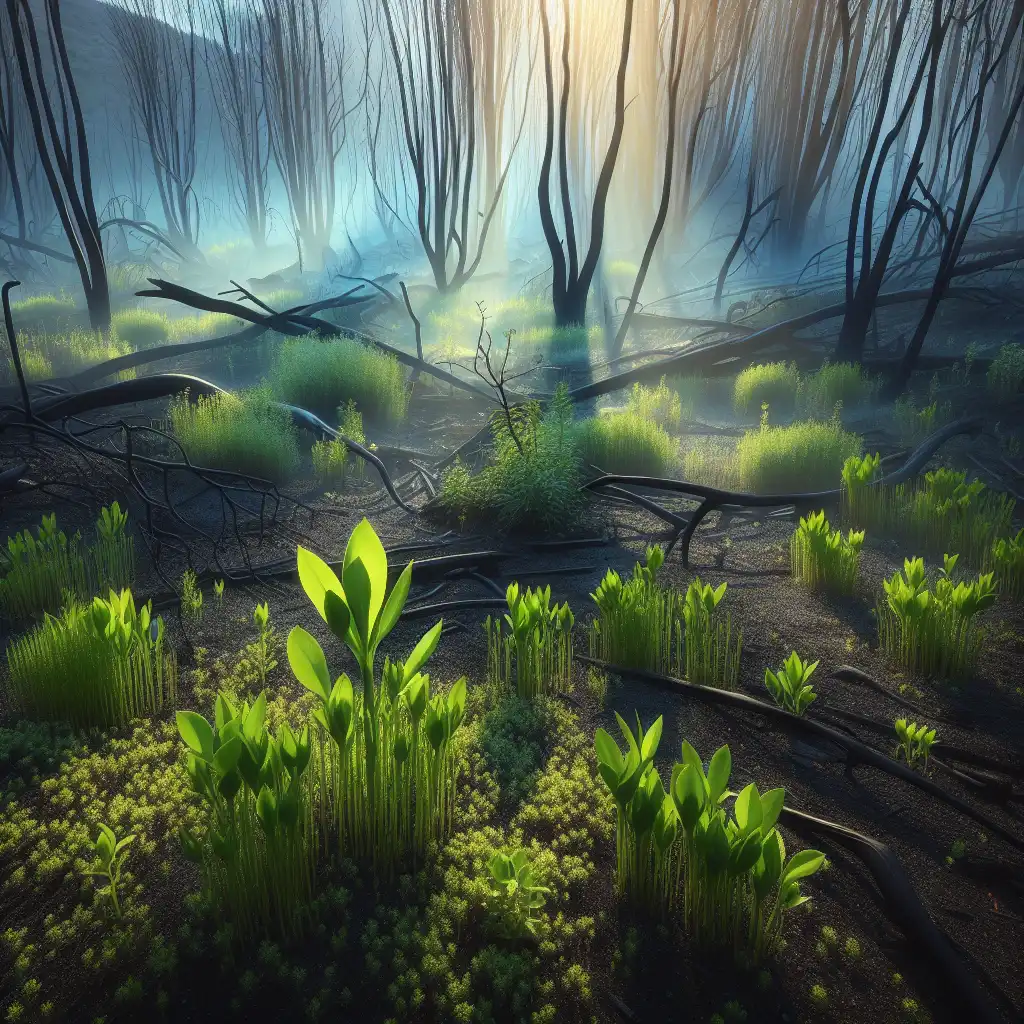
Chaparral
Climatic Association
Chaparral is specifically tied to areas with a warm, dry climate similar to the Mediterranean.  You'll find the chaparral biomes along coastal California.
You'll find the chaparral biomes along coastal California.
Dense Vegetation
Chaparral is often thick and impenetrable, used to describe areas with dense shrub growth.  The firefighter had to cut through the chaparral to reach the wildfire.
The firefighter had to cut through the chaparral to reach the wildfire.
Wildfire Resilient
Chaparral ecosystems have plants adapted to survive fires, a fact often highlighted in ecological studies.  After the fire, the chaparral was already showing signs of regrowth.
After the fire, the chaparral was already showing signs of regrowth.